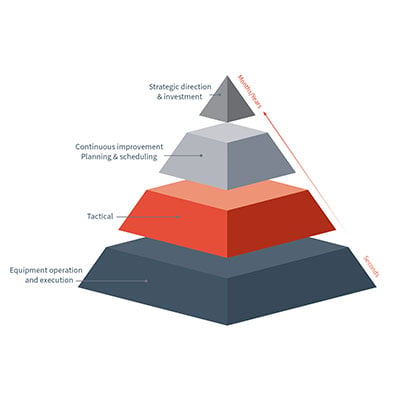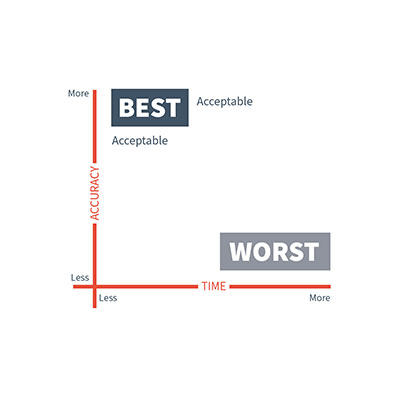Supercharging integrated operations teams: The co-location advantage
In a world striving for efficient and sustainable production, mining and other industries are embracing integrated operations (IO) strategies. Breaking down silos and fostering collaboration are vital, and physical co-location plays a crucial role in improving tactical decision-making.
But is a physical on-site integrated operations centre (IOC) or off-site integrated remote operations centre (IROC) always necessary? Can virtual collaboration replicate the magic of being side-by-side?
Tactical decision-making and the role of co-location
IOCs can enable improved decision- making at all time horizons, and when it comes to tactical decision-making—the critical choices made on the fly in response to unplanned events such as operational delays or machine breakdowns—finding the optimal response requires juggling constraints across multiple functions, considering downstream impacts, and the knock-on effect on future shifts.

[Decision-making time horizons]
The goal is to minimize disruption while maximizing plan adherence, all for the greater good of the whole business, not individual teams. The best decisions are both quick and accurate, because any misstep can lead to costly production losses or, even worse, prolonged exposure to safety risks for the workforce.

[Evaluating a tactical decision: Accuracy Vs Time matrix]
The challenge for businesses is to determine the most effective way to carry out this tactical decision-making process – a process that runs from problem identification, assessment of options, carrying out the decision, and following up to learn from the outcomes. There are many options available across all dimensions of technology and data, designing effective business processes, employing skilled and diverse workforce, training, and cultural transformation.
In combination with some or all of these options, physically bringing people together to work in a single location (such as an Integrated Operations Center – IOC) is still a fundamental ingredient for success, for the following reasons:
- Reduced latency. Information moves seamlessly between roles; identifiers, decision-makers, and responders are working side-by-side.
- Shared values aligned goals. Being in the same room fosters a "we're in this together" mentality. Decisions prioritize the whole team, not individual functions.
- Built-in trust. Frequent interactions build confidence in colleagues' expertise. Decisions can be made collaboratively, eliminating validation delays.
- Enhanced coordination. Directing actions is lightning-fast, with no lost time in relaying instructions or waiting for responses.
There are other benefits of co-location such as increased supervision, increased knowledge sharing, and improved team culture and morale that drive improvements to both long- and short-term decision-making. Until technologies such as the metaverse, shared situational awareness, immersive multi-user environments, and augmented reality (AR) can deliver similar advantages, a mix of virtual and physical collaboration will drive the best outcomes.
A hybrid approach
When considering a hybrid approach, decisions must be made about which roles will be established in an IOC and which will remain in other locations. This will be driven by the nature of the opportunities that the IOC is providing and balancing these with other objectives and constraints (e.g., accessibility to a skilled and diverse workforce, relocation costs, and engineering costs).
When designing your IOC/IROC, remember:
- Focus on key interdependencies. Identify areas where subpar collaboration hinders decision-making and value creation.
- Manage risks. Understand the impact of relocating individuals away from their current networks and investigate avenues to address potential issues.
- Optimize physical workspaces. Co-locate frequent collaborators, allow for focused work, and enable impromptu discussions.
At Hatch, our IO/IOC design methodology helps clients determine optimal co-location strategies, address relocation risks, identify enabling technologies, and navigate the change management process. Together, let's build an integrated operations capability to unlock the full potential of collaborative decision-making in your business.
